As we get closer to the end of 2020, I thought it would be fun to share some of the newest product releases designed for recording and podcasting. Part of my goal was to include some products that may not have made headlines, but are still nonetheless interesting and worthy of some attention, and perhaps, your consideration.
Best New Microphones
Shure MV7 USB Podcast Microphone ($249)
The Shure MV7, inspired by the industry-standard SM7B, is a dynamic microphone that supports both USB and XLR connections. So what does this mean for you? You don’t even need an audio interface to use this with your computer. It also features what Shure calls “Auto Level Mode”, and works with their ShurePlus MOTIV app to help you control your vocal tone and achieve optimal distance from the microphone. It’s probably as close as you can get to “set-it-and-forget-it” in a microphone that also sounds remarkably good.
Electo-Voice RE20 Dynamic Broadcast Microphone with Variable-D ($449)
As one of the quintessential broadcast microphones ever made, the original RE20 is known for combining a natural sonic tone with exceptional 180-degree off-axis rejection. To add to that, the RE20 also sports very minimal off-axis coloration, which makes it a great choice for studio voice-over work. With the new release of the RE20 with Variable-D, Electro-Voice has solved the biggest issue that critics often despised. Now, with Variable-D technology, the RE20 minimizes the proximity effect and achieves a smooth, consistent sound.
Telefunken TF11 FET Condenser Microphone ($895)
The TF11 is one of the latest releases from Telefunken and aspires to combine the voicing of the tube-based AKG C12 with modern FET performance. The result is a phantom-powered mic that offers a nice, open, and detailed frequency response along with exceptional transient response and low self-noise. Depending on your application, it’s important to note that this is a fixed cardioid microphone, but that’s what helps keep it well under $1,000.
Best New Effects Gear
Klark Teknik 3rd Dimension BBD-320 ($198)

As one of my favorite chorus effects of all time, the Klark Teknik team has released the BBD-320, driven by a circuit that’s based on the BBD (Bucket Brigade Device). And at $198, it feels like a steal to me. For anyone that’s working with a hardware console and outboard gear, I can’t recommend this enough. The BBD-320 will give your tracks a warm, multi-dimensional chorus effect that simply can’t be matched by other gear.
Best New Audio Interfaces and Mic Pres
TC Helicon Go Twin 2-Channel Interface for Mobile Devices ($149)
Despite its tiny size, the Go Twin from TC Helicon offers a ton of functionality that’s perfect for anyone who needs to create on-the-go. It’s virtually universally compatible too, with support for iOS, Android, Mac, and PC. The Go Twin supports two input channels, and thanks to Midas pre-amps, they are surprisingly clean for such a small device. It can be powered by two AA batteries or an optional DC adapter, and also supports MIDI via the included breakout cables. It’s really an ideal mobile interface for musicians, podcasters, and content creators alike.
Zoom Podtrak P8 8-Channel Podcasting Mixer ($499)
The Zoom Podtrak P8 is essentially an entire podcasting and production studio, and for under $500! It features plenty of inputs and outputs (even a dedicated call-in channel if you have callers), preloaded sounds for applause, laugh tracks, and more, an intuitive touch-screen interface so you can work quickly.
What’s more, the P8 can get you up to 2 hours of operation with just a couple of AA batteries, and records to an SD card of your choice. You can optionally use it as an audio interface for your computer via a USB connection, but the P8 can really shine as a completely standalone production center. This is arguably the perfect product for the times we are in — you can easily host a socially-distant roundtable virtually anywhere, whether producing a podcast, or a table-read of a script.
Roland WM-1 Wireless MIDI Interface ($69)
This might be the niftiest little device I’ve come across in a while. If you regularly use a MIDI keyboard and struggle with a growing mess of wires in your home studio, I present to you the Roland WM-1, a wireless MIDI interface that connects to your computer or mobile device via Bluetooth. Simple as that — plug the WM-1 into your MIDI keyboard, synth, or sequencer, and select the device from the Bluetooth settings on your host device — you’re good to go. It’ll run for 60 hours on a single AAA battery. Latency performance is great too — around 7.5ms over Bluetooth in standard mode, and as low as 3ms if you purchase the optional WM-1D dongle. Might be one of my first post-pandemic purchases :)
Looking for Your Feedback!
I would really love to hear if you have any favorite products that have been released recently and if you have any feedback on this particular article. I’m considering doing a monthly or quarterly “product release” article, so if you’d like to hear about new products like these, let me know — and if you’d like me to write about a particular topic, you can always drop me a line at josh@joshsularski.com, or leave a note in the comment sections. Continue to stay safe and healthy!
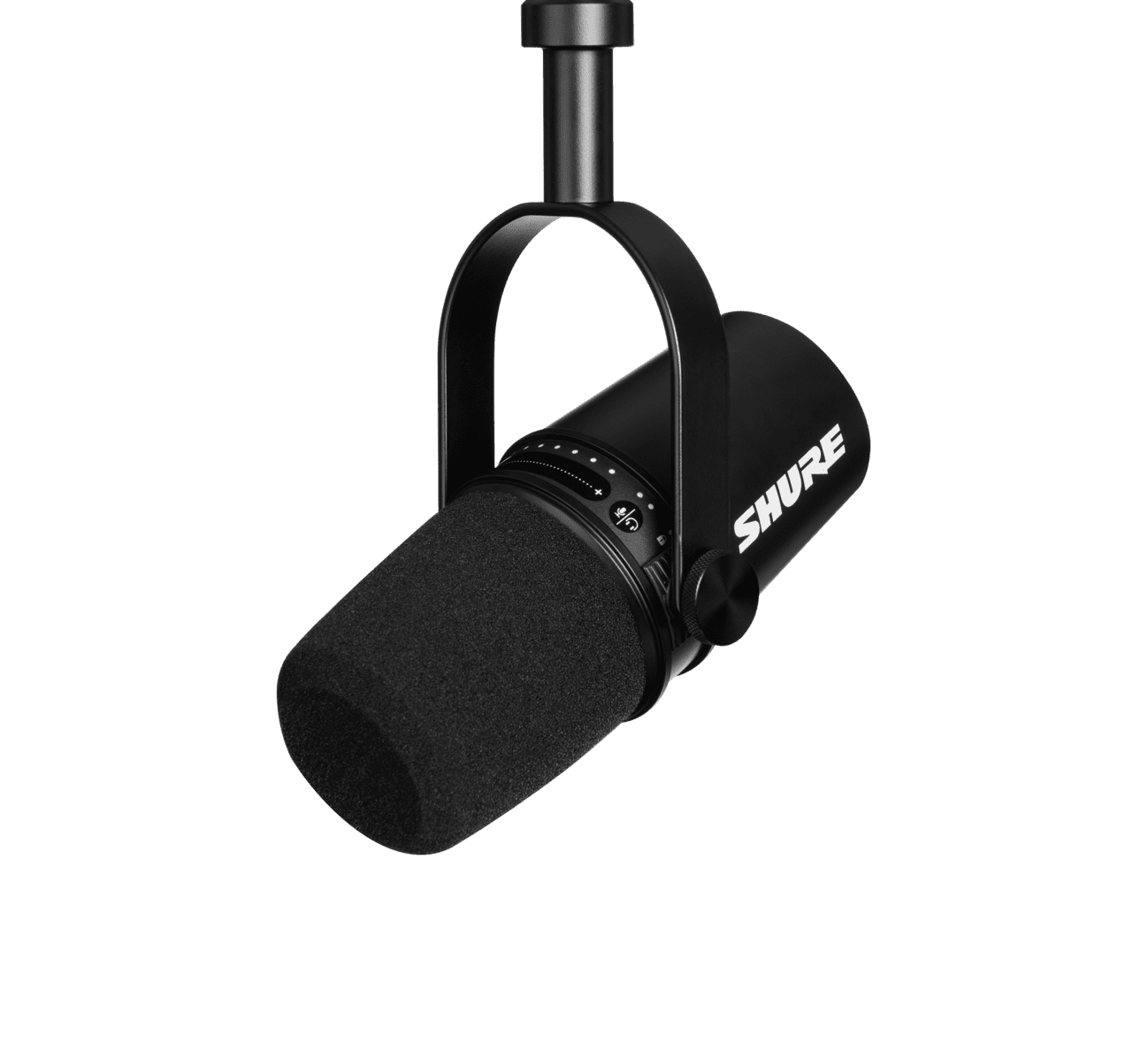
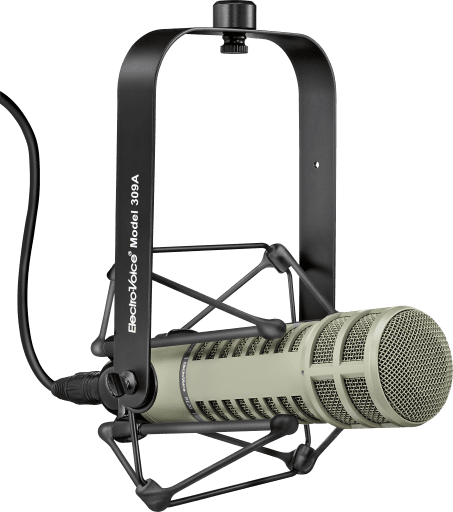
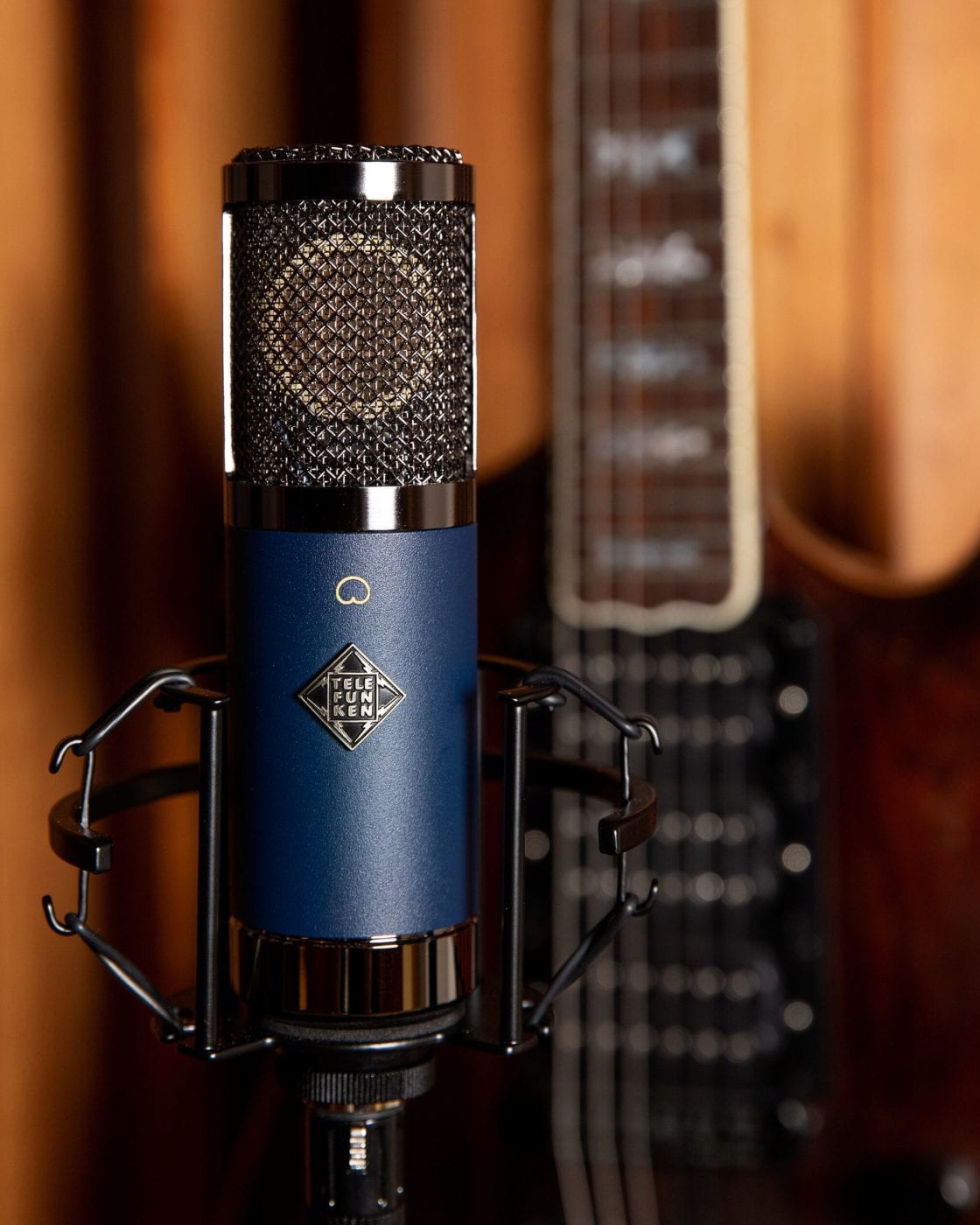



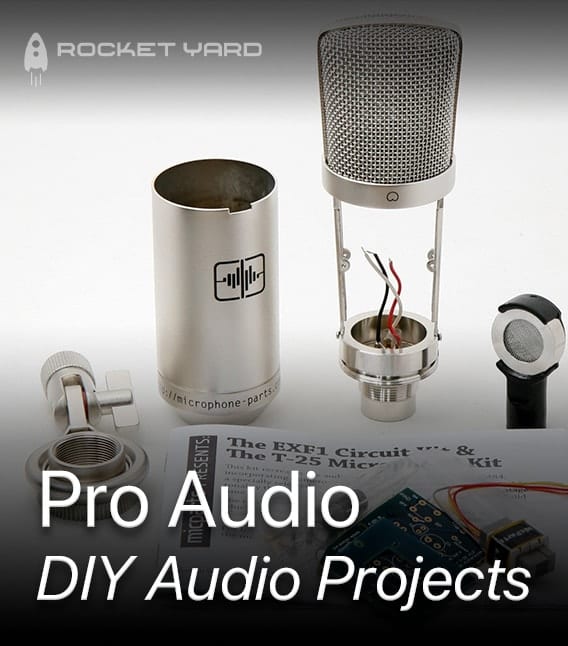
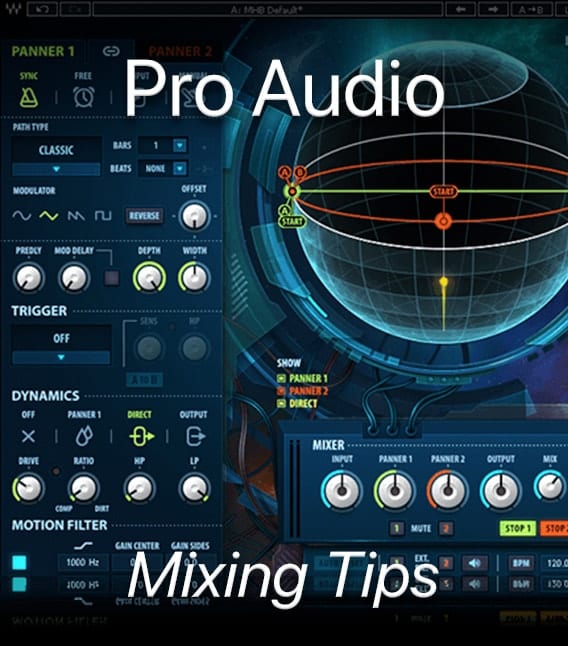








Yamaha has had a bluetooth Midi device for a number of years (YamaMidi)
I’ve owned an EV RE-20 since 1980. The first time I used it, I was a radio announcer. I bought it three years later to narrate AV/video scripts.
The RE-20 has always had Variable D, so I’m not sure what you mean by new release. It is a world standard in radio broadcast studios, because it sounds great on a wide variety of voices, it has never had an objectionable proximity effect, it has a decent built-in pop filter, it is rugged as hell, and it can be hung in that wonderful 309-A rubber shock mount. I’ve been in radio studios where they had nothing but RE-20s.
EV also has a more expensive RE-27 with neodymium magnet for higher output, and a less expensive RE-320 with a little more oomph for bass kick drums.
Although no mic is optimized for all voices, I prefer the RE-20 over both the Shure SM7B and the Sennheiser MD-421 II for my own voice. I used those others in the distant past, as the SM7 and the MD-421U. When I want a little more brightness and some proximity effect, I grab the Shure SM58.
Hey Bill!
You know what, you’re right! My apologies! I strive to be accurate and helpful when writing these posts, but when I was researching new products for this article, I misread some news coverage of the RE-20 (now available in the color black, that was the announcement) and made the mistake of understanding it to be a release about Variable-D. Thanks for the catch and additional thoughts and insights!
Hey, you’re welcome!
I can vouch for that RE-20 as a winner, especially for TV/video voice-overs, radio broadcast booths and commercial production booths, bass drum/kick drum recording, and certain singers. It has a very flat response that accurately represents on-axis sounds. It probably isn’t the best choice for female singers, or for string instruments that demand fast transient response, where a small-diaphragm condenser likely would do a better job. I’ve even used it in P.A. applications at corporate sales meetings, when I didn’t have enough SM-57 or SM-58 mics to go around. It was fine in its standard mount on a counter-weighted AKG mic stand/boom combo.